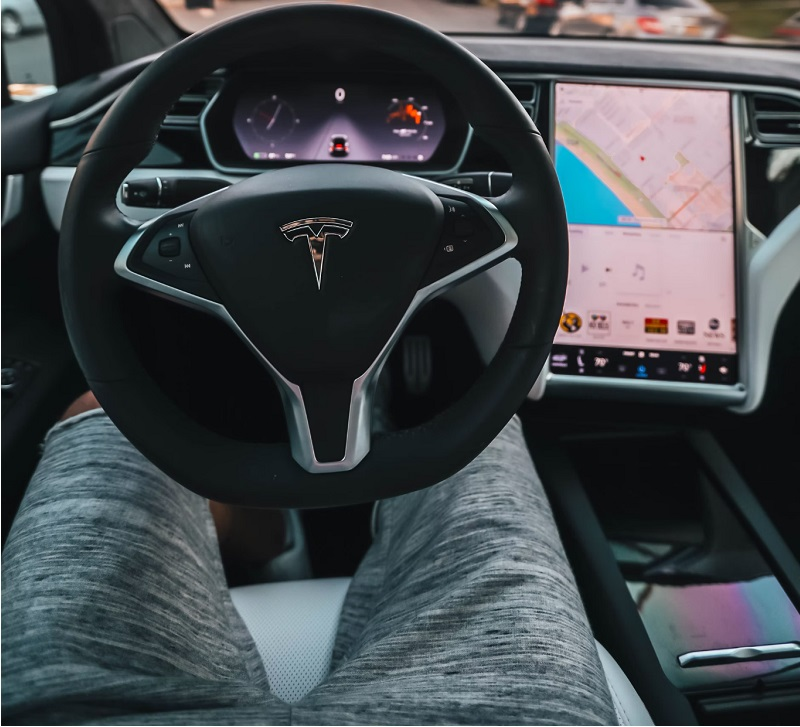Self-driving cars in 2021 are no longer concept cars, but real objects on the roads. Technology is so advanced that it is difficult to distinguish a car with a live driver from an unmanned car on the road. According to forecasts, by 2025 such cars will become commonplace and no longer amaze.
Why is the appearance of such machines inevitable?
- Reduction of the number of accidents caused by drivers (elimination of the human factor)
- Unloading parking lots in big cities
- Ease of use
And this is not to mention a special category of citizens who are physically or psychologically unable to drive cars.
What it can do
Self-driving cars will not only reduce the amount of time and energy spent on driving, but also the family can get by with just one vehicle. Indeed, when the driver reaches the destination, about 90% of the time the car takes up a parking space, when the rest of the family has to buy another car in order to get the same freedom of movement or even change to city transport.
In an effort to eliminate this and other problems, design engineers have rewarded drones with the following features:
- The car will independently bring the user from point A to point B, after which it will either park in another place, waiting for the owner's command, or will go after the second user. At the same time, the optimal route of movement will be automatically built based on the data of electronic maps and the situation on the roads.
- Eliminate fines for traffic violations due to the built-in functions of the speed controller and traffic rules. Such a car even notices signs installed on the side of the road, invisible to the average driver.
- Recognizes other road users, avoiding collisions thanks to built-in sensors that are independent of the environment or the weather on the roads.

A trip in such a car becomes a real pleasure, even more than you can get from driving a luxury car rental Dubai. Now the owner spends less time and energy on driving, having the opportunity to devote it to himself or to work. And worries about the transportation of goods, children to school and mother-in-law to the clinic can be entrusted to a "smart" car.
The pros and cons of self-driving cars are actively discussed by ordinary people and experts. But one thing is true - they are the future of the automotive industry, and their appearance on the road is just around the corner.
How it works
According to the Society of Automotive Engineers (SAE) classification, there are six levels of autonomy for self-driving vehicles based on the degree of driver involvement in driving. Сlassic cars that are completely under the control of the driver belong to the zero level.
The fifth level fully implies the work of an autopilot, instead of a living driver behind the wheel. Lidars (laser radars), cameras and sensors independently control the car, not only determining its location on the map, but also the presence of obstacles, as well as the possibility of an accident.
An explanation of the operation of unmanned vehicles of 6 levels of autonomy can be determined by the following embedded algorithm:
- Lidar generates a volumetric map of the area.
- The on-board computer reads this data and issues commands how and where the car should move.
- The autopilot not only determines the trajectory itself, but also constantly reacts to changing traffic conditions.
Based on the data obtained, the drones of 2021 develop independently, constantly analyzing the information received. As a result, we get real artificial intelligence that does not need human participation.
Prospects
The future of self-driving cars is no longer just futuristic plans. Many logistics companies are considering equipping vehicles with an autopilot for transporting goods. Indeed, such cars will not only save drivers on salaries, but also reduce fuel costs and time spent on calculating the optimal route from point A to point B, not to mention delivery.
At the same time, the development of unmanned vehicles does not stand still. According to the latest research by AT Kearney, they have surpassed even professional drivers for a long time. Even with the fatal accident that happened to Tesla in 2016, it is believed that the technical equipment of drones can reduce the number of accidents by 70%.
Self-driving cars will soon cease to be a curiosity on our roads. But simply putting them on the road is not enough - it is also necessary to adapt the track itself to this type of transport. It will also be necessary to make changes in the features of the insurance and legal framework, to force pedestrians to wear special clothing or accessories that will make it easier for the machine to determine their presence on the road.
Experts say that 2025 is the time when self-driving cars will begin to be massively used on the roads of the whole world. In the meantime, we can only wait and follow the development of new smart cars.

Conclusion
Unmanned technologies are something new in the world, and therefore are very critically perceived by both experts and ordinary people. Nevertheless, their development cannot be stopped, and now we should expect not only technological improvements in drones, but also conceptual changes in the legislation in the field of insurance, taxation and personnel. It is important to keep car interior clean.
* This is a contributed article and this content does not necessarily represent the views of sciencetimes.com















